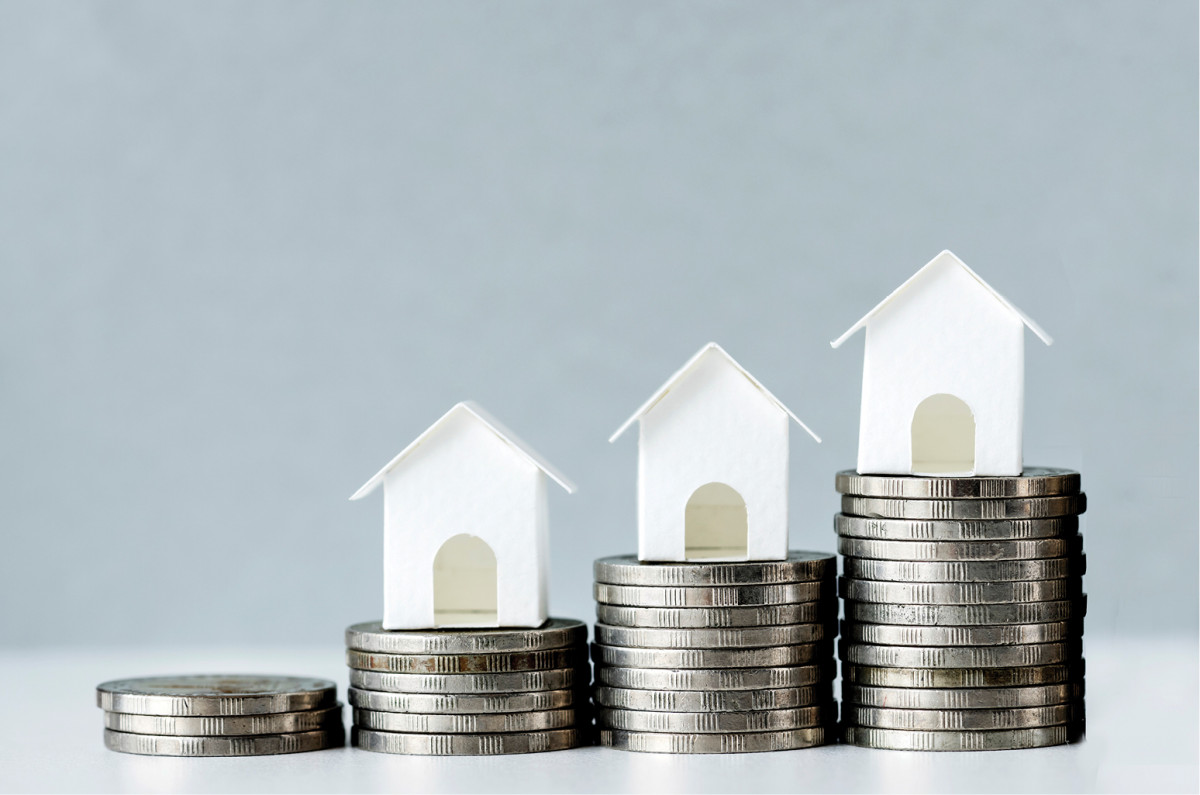
- If these hidden kickbacks are indeed influencing appraisals, they can infiltrate the valuation process and establish systemic errors.
PETALING JAYA (July 29): Records of multiple condominiums trading at more than double their median prices psf have triggered alarms over potential transaction discrepancies.
For example, why were some units—bought at RM800 psf between 2021 and 2022—later auctioned off at RM420–550 psf in 2025?
Data from EdgeProp EPIQ uncovered a number of projects around Kuala Lumpur with deals that closed at around RM800 psf against average transacted prices of RM350–400 psf—within the same year, sometimes within the same month!
A comparative analysis of several high-rise developments reveals parallel anomalies, especially in the <1,000 sq ft categories, where units listed at RM300–500 psf saw similar units sold at RM700-800 psf around the same period.
For example, a 900-sq ft unit was sold at RM315 psf. Two days later, a similar unit in the same condo was sold for RM720,000, or about RM800 psf. How did the figure more than double in 48 hours?
Do the fluctuating prices indicate market volatility?
Property prices may fluctuate sometimes. Based on the law of supply and demand, they are shaped by how the economy is doing, how many homes are for sale, and what buyers are looking for. Even what other developers are building nearby can shake things up. However, even though these factors are subjective and unmeasurable, they almost always have a blanket impact, not affecting only random individual units.
Nevertheless, the lack of transparency in transaction data poses significant challenges in predicting market dynamics in a comprehensive and objective manner.
In the case of sub-sale prices, a deviant mark-up could be indicative of:
- Upgrades or interior design packages
- Guaranteed rental return (though not illegal, they are unregulated)
- Rebates or cashbacks (legal and illegal)
- Deceitful schemes
With only the final figures logged in and no other details reported, this may lead to flawed market value estimates. For the unsuspecting buyers or investors, reality hits during an auction or a genuine resale, when the true market value is revealed to be far lower. This leaves buyers trapped in ballooned borrowings that far exceed their property’s actual worth. The loss can be unbearable for any buyer who is not financially stable.
The smoking gun: Endah Regal’s consistent 2× mark-up
A deep dive into 2020–2025 transactions of Endah Regal, a condominium in Taman Sri Endah, shows a consistent inflation in recorded sale prices within the same transacted year. All our observations from EPIQ revealed unusual transactions of same-sized units being sold in two different price brackets.
For example, a 1,023-sq ft unit transacted at RM283 psf was followed by a similar-sized unit transacted at RM487 psf within weeks.
There is no way for data to verify what causes a mark-up, but one way to categorically determine a property’s true collateral value is through auction data, which paints a stark variance:
Compared to their purchase prices three years ago, these units at Endah Regal fetched a drastic 30% and 46% less respectively at auctions. Similarly, as of Monday, same-size units were listed for sale on EdgeProp at RM243,000 (RM238 psf) and RM234,000 (RM229 psf).
Prices have not moved much within the past three years as checks also showed that 1,023 sq ft units were listed for sale between RM243,000 and RM380,000 (RM365 psf) in 2022. Given that owners tend to try their luck with slightly higher margins than market rates, the highest sale listing (RM380,000) in the same year was still more than RM100,000 below the done deals of both units A and B here.
If a mortgage for Unit B were approved based on a price of RM488 psf, the proceeds from the auction would be grossly inadequate to recover the loan, and the buyer would be saddled with the burden of making up for the substantial shortfall despite his or her financial straits.
More evidence of dual-tier pricing
Against such discrepancies, some “growth rate” figures should be viewed with caution. Further investigations through EdgeProp EPIQ showed more units that were sold at wildly differing psf prices, suggesting a hidden "dual-tier" system.
Take Arte Plus, a serviced residence in Jalan Ampang, for example, where transaction prices swinged dramatically from as low as RM523 psf all the way up to RM1,249 psf in less than a year for units of 700–800 sq ft.
The huge variance between lower‐end and upper‐end deals (RM390 vs RM700–800 psf) and the almost double jump to the top‐tier deals (>RM1,000 psf) makes it impossible to pinpoint a single "average" or "market rate".
This unsettling disparity isn't limited to one project; similar wide gaps in transacted prices were also notably visible in Angkasa Condominium in Taman Connaught; and Parklane OUG, Old Klang Road, suggesting a broader market concern.
From 2023, some of the 926-sq ft units in Angkasa Condo were sold for a higher tier of RM600–749 psf but EdgeProp EPIQ auction records showed that units were typically valued at RM350,000 (RM378 psf) within the same year.
Similarly, in Parklane OUG, the discrepancies between transacted prices were impossible to ignore, where more than half the units changed hands at RM550–RM799 in 2023 and 2024, while some of its counterparts garnered only RM200–RM499 sales psf ,which was also the only price bracket recorded as of February 2025.
Across several projects in our EPIQ records, such disparities were noted. Consequently, the numbers crunched have produced an inaccurate reflection of authentic market values, which could affect the industry negatively in the long run.
The biggest losers
When properties are valued artificially high, the fallout spreads across the entire ecosystem:
- Banks face significant exposure, having approved loans that exceed the true market value of the collateral.
- Investors end up with rental yields way below their instalment payments, bearing the brunt of a financial trap and an uphill battle to protect their investments.
- Buyers are left with inflated mortgages, making it harder for them to refinance or sell, and potentially facing steep losses.
- The overall market suffers from a lack of transparency, making accurate pricing difficult and eroding public trust.
TIps to dodge the bullet
While the discoveries look alarming, these are isolated incidences limited to certain projects in the secondary market.
Armed with this awareness, buyers could circumvent such potholes in sub-sale properties. As part of your due diligence, here a few basics you need to cover to verify if you are getting a fair price:
- Compare current listing prices and recent transaction data (ask your real estate agent) of other units in the same project.
- Research prices of similar properties around the same area.
- Check current rental listings, even if you don’t intend to rent out the unit, to gauge the value of the property. (If your potential monthly instalments fall way below the current rental rates, it’s a red flag.)
Amidst these disruptions, property is still considered one of the most stable long-term investment tools.
As an added shield, consider the reputation of developers when shopping for an asset. In the primary market, responsible developers engage in a straightforward and transparent sale process well regulated under the country’s legislations. Notably, developments helmed by trusted names, even from the secondary market, help secure better long-term value for their quality in constructon and management practices.
*This research leverages EdgeProp EPIQ, a proprietary analytical platform that integrates diverse data points, including comprehensive auction records, to provide clearer insights into market value.Does Malaysia have what it takes to become a Blue Zone, marked by health and longevity? Download a copy of EdgeProp’s Blueprint for Wellness to check out townships that are paving the path towards that.





